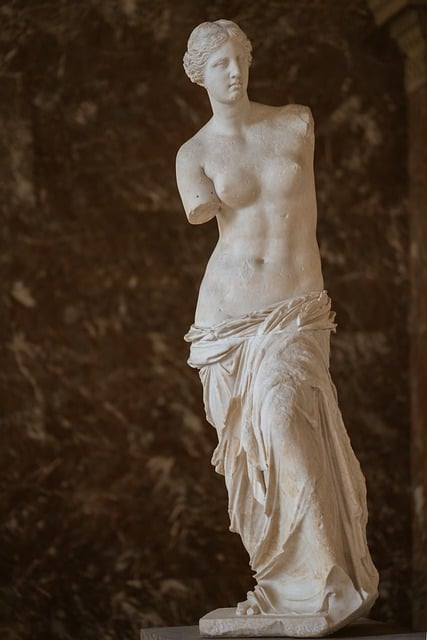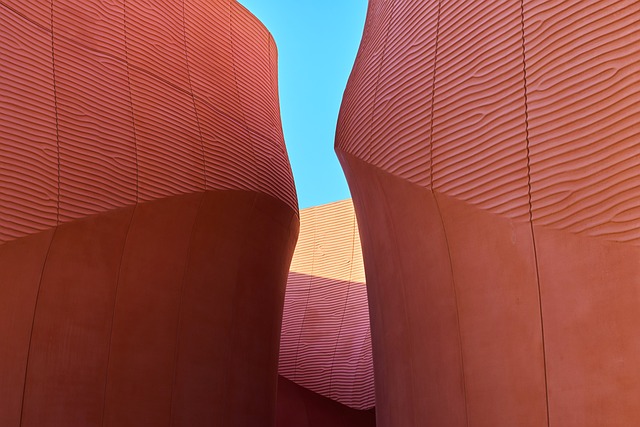Your Ultimate Museum Art Guide: Discovering Hidden Treasures
Visiting a museum can be one of the most enriching experiences one can have. Artworks tell stories, reflect cultural heritage, and evoke emotions that connect us to history and humanity. However, beyond the well-known masterpieces, many museums house lesser-known gems that can captivate and inspire. This guide aims to help you navigate the art world and uncover these hidden treasures while providing tips on how to maximize your museum experience.
The Importance of Museums
Museums serve as custodians of culture, preserving artifacts and artworks that reflect different eras, societies, and philosophies. They provide crucial educational experiences and are sanctuaries of creativity, housing pieces that can spark dialogue, understanding, and appreciation for diverse perspectives. Understanding the importance of museums helps to recognize the value in taking the time to explore beyond the obvious tourist attractions.
The Role of the Museum Curator
Curators are the heart and soul of a museum’s collection. They are responsible for acquiring, preserving, and presenting artworks, thus playing a vital role in the narrative that a museum tells. Their expertise often leads to meticulously crafted exhibitions that showcase both famous works and hidden gems, providing opportunities for deeper engagement. Understanding the curator’s perspective can encourage visitors to explore parts of the collection that may not initially catch their eye.
Preparation: Setting the Stage for Exploration
Before embarking on your museum adventure, a little preparation can go a long way in enhancing your experience. This involves researching the museum itself, its collections, and the stories behind its artworks. Here are several key points to consider during your preparatory phase:
Understanding the Museum’s Collection
Many museums have prominently displayed collections that attract visitors, such as famous paintings or sculptures. Nevertheless, each collection also contains lesser-known works that deserve attention. By reading up on the collections available, you can identify off-the-beaten-path attractions. Take note of any temporary exhibitions, which often highlight specific themes or artists.
Familiarizing Yourself with Artists and Art Movements
Art history is rich and sprawling, encompassing numerous movements and artists. Familiarity with these can deepen your understanding and appreciation of the works you encounter. For instance, understanding the significance of Impressionism can enhance your experience with works by Monet, while knowledge of Surrealism might change your perspective on Dalí’s pieces. You may find hidden connections that can make your exploration more enriching.
Setting a Flexible Itinerary
While it’s helpful to have a plan, allowing room for spontaneity can lead to unexpected discoveries. Prioritize areas or exhibitions you wish to see, but be open to wandering. Hidden treasures often lurk in less-trafficked corners of the museum, waiting to be found by those willing to explore off the main path.
Upon Arrival: Strategies for Uncovering Hidden Treasures
Once you arrive at the museum, there are several strategies you can employ to ensure an engaging and fulfilling experience. Here are some ideas to follow as you set out:
Consult the Museum Map and Guides
Many museums provide maps and printed guides that outline their collections. Encourage yourself to take a moment to study these resources as they can lead you to lesser-known sections. Curators often indicate specific works or exhibitions that can serve as hidden gems, which might not be part of the typical visitor’s itinerary.
Attend Tours and Lectures
Guided tours are invaluable for discovering hidden treasures. Knowledgeable guides can share insights and stories that provide context, helping you appreciate the significance of lesser-known works. Additionally, lectures or panel discussions often accompany temporary exhibitions and can also shed light on hidden narratives within the art world.
Engage with Museum Staff
Don’t hesitate to strike up a conversation with museum staff or docents. They are often passionate about the collections and can recommend lesser-known pieces that may not be on the radar of the average visitor. Their insights can provide a new lens through which to view the artworks, revealing layers of meaning you might have missed.
Explore the Museum Shop
Spending time in the museum shop can also lead to discoveries. Books, prints, and other merchandise often feature unaffiliated artists or showcase unique interpretations of well-known styles. Engaging with these items can spark further interest in lesser-known art forms and might even help you uncover an artist whose work intrigues you.
Appreciating the Art: A Deeper Dive
When you come across an artwork that resonates with you, take a moment to pause. Examine the details, consider its context, and reflect on your emotional response. Appreciating art goes beyond mere observation; it involves connecting with the artist’s intention and the historical significance of the piece.
Critical Analysis of Hidden Treasures
As you observe a lesser-known work, ask yourself several questions: What emotions does the piece evoke? Is there a story that seems to emerge from its colors or forms? What might the artist have intended to convey? This kind of critical engagement can turn a simple viewing into a profound experience.
Creating Personal Connections
Art is ultimately about connection. Reflecting on how a piece resonates with your own life experiences can make it feel even more relevant and significant. Whether it’s the colors that remind you of a personal memory or a theme that intersects with your own beliefs, personal connections make the artwork more meaningful.
Embracing the Magic of Discovery
Every visit to a museum is an opportunity for discovery, whether you’re an art aficionado or a casual visitor. Hidden treasures can be found in the most unexpected places, and the beauty of art lies in its ability to surprise us. Embrace the magic of discovery by allowing your curiosity to guide you through the galleries.
Savoring the Process
In our busy lives, we often rush through experiences. However, take the time to savor the process of discovering art. The minutes spent contemplating a single piece can be enormously rewarding. Sometimes, hidden treasures are not just the artworks but the moments of stillness and reflection they inspire.
Post-Visit Reflections
Once your museum visit is over, take some time to reflect on your experience. Jot down notes about the pieces that moved you or the stories that lingered in your mind. This practice helps solidify your engagement with the art and allows you to carry those impressions into your everyday life.
Conclusion: The Ongoing Journey of Art Exploration
Your exploration of museums and their hidden treasures doesn’t end with a single visit. Each trip can reveal new stories, fresh insights, and a deeper appreciation for the multifaceted world of art. Museums, as evolving spaces, often update their collections and exhibitions, continuously offering opportunities for re-discovery.
By committing to the journey of art exploration, you join a lineage of individuals who recognize and cherish the power of creativity. Whether you are drawn to the storied canvases of celebrated masters or the innovative expressions of emerging artists, the art world offers endless possibilities for connection, understanding, and joy. So, step into your next museum experience with an open heart and an adventurous spirit, eager to discover the hidden treasures waiting to be unearthed.


